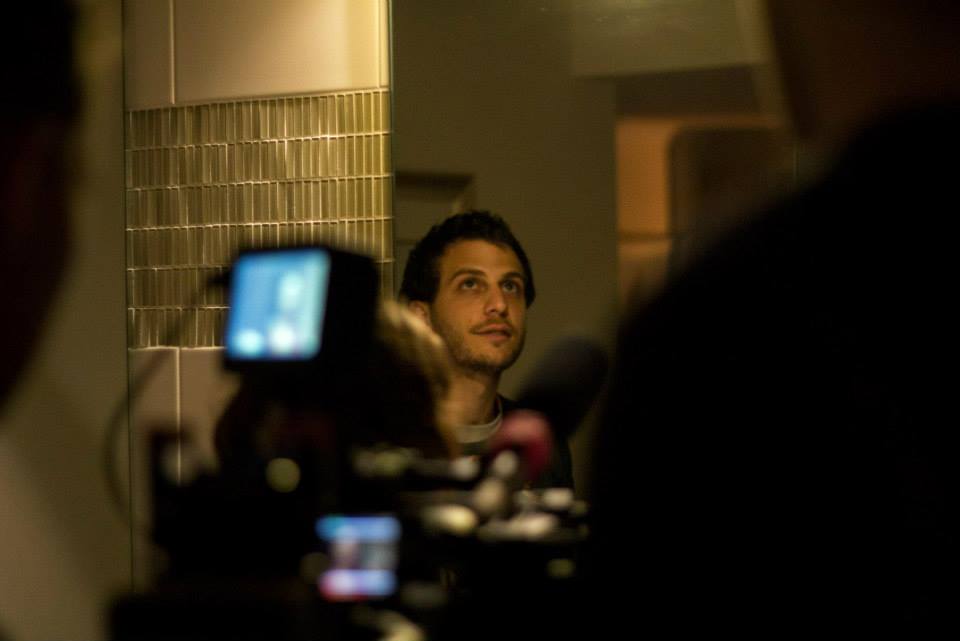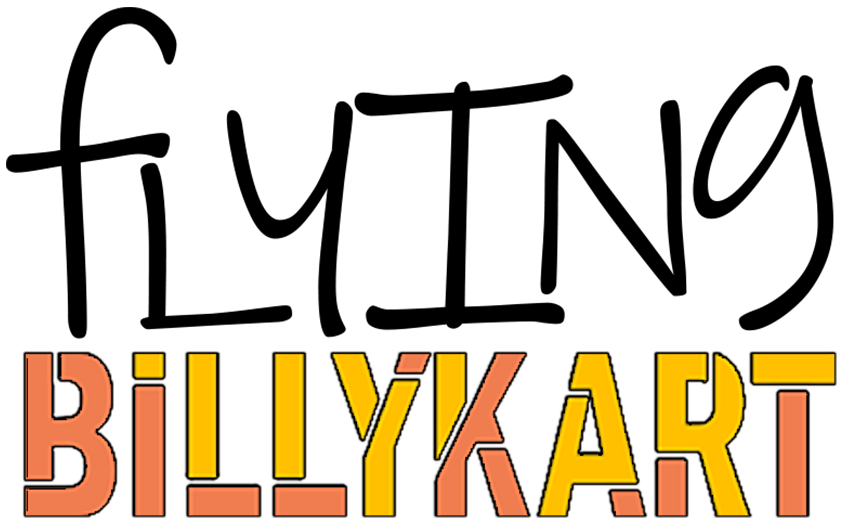
Dramatica
Being a storyteller means not only knowing the facts of the story, but the delivery and framing of the story. It is an experience for both teller and listener that is, at its best, an exciting and transformative experience, and, at worst, boring.
To me, that is the worst failure for a storyteller.Being boring. Even a completely terrible story, that completely fails on every level can still be entertaining (read: The Room). Complete failure is more exciting than complete apathy.
What follows is a discussion around the 7 things that great content has in common, to the best of my understanding (which is, by no means, expert knowledge). It’s preachy and framed like a lecture, as I frequently find myself delving into this material while training young actors, directors and writers.
I’ve deliberately used the term content as some of these concepts could apply to art forms outside of films and film making. I’ve tried to also consider these concepts on micro through to macro levels of the storytelling, and with respect to the craft of the storyteller.
Dynamic
Dynamic content is content that CHANGES.
This stems from the fact that humans are brilliant pattern recognition machines. We do it all the time, with everything.
Once we have identified a pattern, we extrapolate that pattern and develop expectations of where it will lead. This happens both in space (wallpaper) and time (stories).
Essentially, we use patterns to make predictions.
But, where did this come from? Humans are animals. We have evolved to spot patterns in nature, because a break in a pattern is usually associated with danger (a lion in the grass). So, when there’s a break in a pattern, we pay attention.
We’re HARDWIRED to see patterns and pay attention when patterns BREAK.
Since stories are not constructed in vacuums and are contextualised by thousands of years of storytelling in our culture, we are also able to identify patterns in stories.
The craft of the storyteller is in CREATING PATTERNS TO DELIBERATELY DISRUPT.
This creates excitement for an audience, as they are unable to predict the future of the story.
However, this disruption is only temporary, as the whole of the story, must be a complete pattern unto itself. The art is in resolving patterns with impeccable timing.
Specific
Be specific in everything you do. This applies to the micro and macro levels of the storyteller’s craft, from the simplest words to the grandest designs. Even if it specifically unspecific.
This has to do with clarity.
Since the goal of most creative work is to communicate something to an audience, it is imperative that the creator is fully aware of exactly what is being communicated, with as much detail as possible. Without this awareness (or at least a valiant attempt at it), the creative work runs the risk of being misinterpreted, and the audience’s understanding being unclear or lost.
- For a THEME, this is less important.
- For a STORY, this is somewhat important.
- For a PLOT, it is essential.
- For a CHARACTER, it is paramount.
Why this order of preference?
- Because the Characters are the most powerful and functional tools in the arsenal of a storyteller.
- On top of that, the audience is human, and the characters are generally human (or human-like). This creates an empathetic bond between audience and performer, making the character the surrogate for the audience member in the creative work.
- Most importantly, human behaviour carries a vast amount of information OUTSIDE OF THE TEXT. Much of this is generated instinctively and must be tuned for clarity, particularly in performance.
Actively being SPECIFIC counteracts the confusion inherent in acts of interpretation.
Focussed
Focus pertains to two things:
- The focus of the audience.
- The focus of the storyteller.
FOR THE STORYTELLER: There is not an infinite amount of time to dedicate to every task, and focus directs your attention as a creator to the tasks that most need it.
Focus tends to oscillate between micro to macro concerns. It may be the tiniest gesture, or the critical plot point of the story. Being aware of focus means being better able to DIRECT YOURSELF to the problems that most need solutions.
FOR THE AUDIENCE: Directing audience focus is the underlying craft of the story teller.
Characters, moments, plot points, props, costumes, settings, actions, subtext, themes, etc. is all information for an audience, and builds the story. Ensuring the audience takes note of KEY INFORMATION, and does not dwell on non-essential information, is vital.
In the craft of the storyteller, the acme of excellence is directing audience focus with ease, so the audience is unaware that it is being directed.
Holistic
Every decision taken by the storyteller must service the story, and nothing else.
There is a constant danger of focussing on non-essential information, being bogged down in trivial specifics, or creating conflict (aka Drama, or Dynamics) for the sake of itself.
Mitigating this risk is understanding that the role of the storyteller (be it writer, director, actor, cinematographer, designer) is to TELL THE STORY.
If the audience comments on any aspect of the creative work, while they should be in the throes of experiencing it, then this key role has been subverted by egotistical motivations.
Ideally, no part of a creative work should bring attention to itself, but sit comfortable
Reactive
Reactivity applies to micro and macro sequences because a story is a sequence of sequences.
Each element of any story sequence is a reaction to some other element in the sequence. Dialogue might be a reaction to other dialogue, or to a thought, or to the action. Plot points are driven by previous plot points, and lead to further plot points.
Overall, the audiences’ understanding of the story at the end of the creative work should be comprehensive, and the inherent logic clear. This creates audience satisfaction, as no element of the story is confusingly ‘out of the blue’ or out of the logic of the sequence.
HOWEVER: while the story must be chronological – the experience of the story to the audience must be dramatic. Sometimes, chronological storytelling does not generate drama, so story is revealed out of chronological sequence. The danger lies in obfuscating the ‘true’ sequence of the story too much, or failing to clarify at the appropriate time, which leads to audience dissatisfaction.
Revelatory
What is a story but a sequence of information?
Information can be character, design, sound, story, plot, cinematographic, etc, but all of it collapses into an understanding of the story for the audience.
Understanding that every moment of the story MUST reveal KEY information is vital.
This applies to micro and macro levels, from each actors’ beats or the selection of props, to the overall character arcs or the design concept for the film.
Chekov says: “If you have a gun on the mantelpiece in the first act, then by the third it must have certainly gone off.”
This is to say, non-essential information should be left out of the story entirely, thereby leaving only information that is essential to the audience’s best experience of the story intact.
Compelling
The perfect audience experience should escape words and defy common explanation. To the casual observer, the perfect aesthetic experience is akin to magic. To the fellow storyteller, it is a study of the above tenements of drama.

